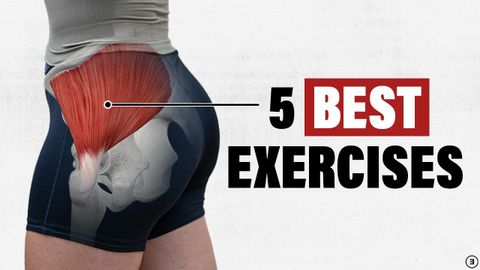如何訓練臀中肌(最佳強化練習 | 誤區揭祕 | 應避免的錯誤) (How To Train Your Gluteus Medius (Best Strengthening Exercises | Myth Busting | Mistakes To Avoid))
yacki99 發佈於 2024 年 10 月 20 日  沒有此條件下的單字
沒有此條件下的單字US /ˈæspɛkt/
・
UK /'æspekt/
- n. (c./u.)方面;觀點;(某物的)要素;特徵
US /ˈstrætədʒi/
・
UK /'strætədʒɪ/
US /ˈmʌltəpəl/
・
UK /ˈmʌltɪpl/
- adj.多重的;多種的;多發性的;多重的
- n. (c.)多;多個的;乘數
- pron.多重的
US /ˈfɪzɪkəl/
・
UK /ˈfɪzɪkl/
- n. (c.)身體檢查
- adj.身體的;肉體的;物質的;物理的
- n.體育
